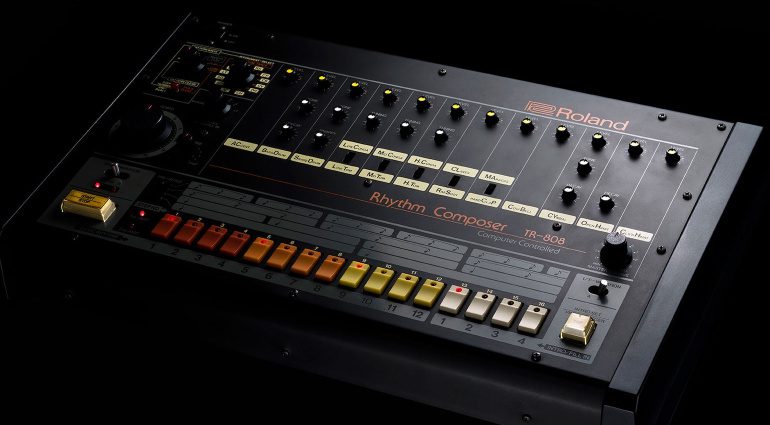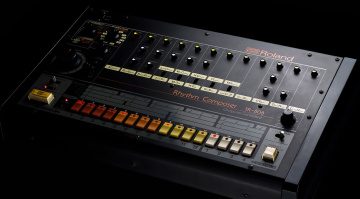Beatmaking plug-ins and hardware drum machines can be tricky the first time around. We look at how to use a drum machine in your studio.
In the early 1970s and perhaps even before this time, musicians started using drum machines differently. Initially, drum machines were designed as nothing more than accompaniment tools for musicians.
Although the range and functionality of these instruments were limited, pioneering artists such as Sly Stone began layering loops from drum machines as textural and rhythmic elements within their compositions.
Most 1970s-era and earlier drum machines offer preset rhythm patterns with extremely limited programmability. Moreover, a large portion of drum machine designs were created by keyboard manufacturers like Wurlitzer and Hammond.
How To Use A Drum Machine
The famous Wurlitzer Sideman from 1959, for example, was an electromechanical monstrosity with tube circuitry. Before engineers like Rupert Neve pioneered transistor-based audio designs, early drum machines were large clunky instruments, and some even made use of tape loops (Mellotron) like the rare Chamberlin Rhythmate (1949).
As designs became more compact, drum machines were integrated into many popular electronic organs. However, it was only toward the late-1970s and early-1980s with the advent of digital sampling that drum machines became more sought-after music production tools.
Today, there are two main types of drum machines that we use in software and hardware workflows. These analogue-style drum machines with synth voices (which includes FM drum machines) and digital sample-based drum machines.
1. Step Sequencers
Sooner or later on your musical journey, you’ll be confronted with a step sequencer. Both drum plug-ins and hardware drum machines have integrated sequencers. Furthermore, some are far more advanced than others, even offering polyphony like some of the Elektron instruments.
Mastering TR-style drum sequencing will help your productions considerably, so start with a simple 16-step pattern. From there, explore accents to add dynamics to your drum loops and emphasize the downbeat within the pattern.
Next, try using the flam feature to program more authentic-sounding drum fills. A TR-style sequencer is limited, but you’d be surprised at how much expression you can get within the boundaries of Ultrabeat or the FL Studio step sequencer.
If you’re struggling, remember that simplicity rules all. Iconic drumbeats like Run DMC’s It’s Like That by Lawrence Smith rely on basic push/pull dynamics and a pulsing rhythm signature.
2. Drum Synthesis
Whether you use analogue or digital hardware, drum synthesis is a term for building your own drum sounds from scratch. As most of these instruments come with preloaded sounds, you can use these as a starting point for understanding the different sound-shaping parameters.

Software Drum Machines
As opposed to samples, software drum machines like Sonic Charge MicroTonic use powerful latency-free virtual analogue engines to generate the waveforms for each drum sound.
With a combination of oscillator waveforms, filters, and envelopes you can build the tone, pitch, and character of your drums while using noise and distortion to add bite where necessary.
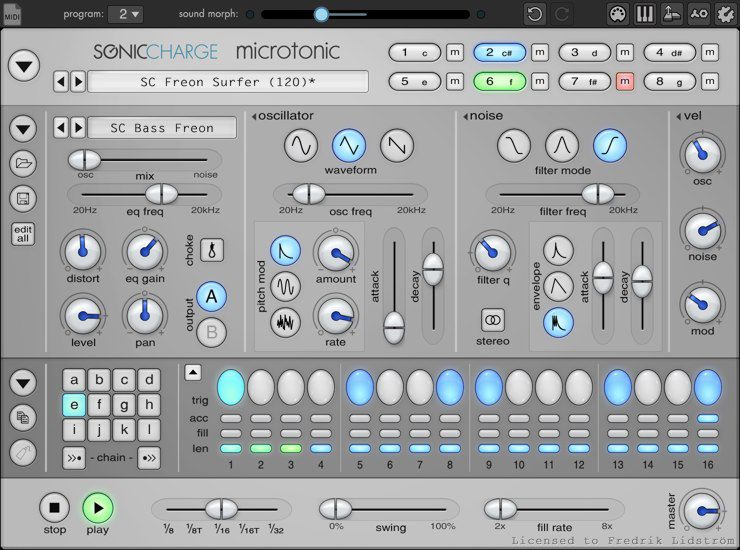
Hardware Drum Machines
You can still find purist examples, but most professional hardware drum machines use either fully digital sampling engines for sample creation or hybrid designs with analogue and digital components.
Traditionally, analogue drum machines like the famous Roland TR-series predominantly used voltage-controlled oscillators to create sounds. These were specifically designed using subtractive synthesis principles, and offered limited controls to adjust the pitch, tone, and decay time of the sound.
3. Digital Drum Sampling
You can find drum sampling instruments in your DAW and digital sampling is also used within famous EPROM drum machines like the LinnDrum and the Oberheim DMX. Meanwhile, modern samplers like the Digitakt are inspired by legendary samplers like the E-mu SP1200 and the AKAI MPC60.
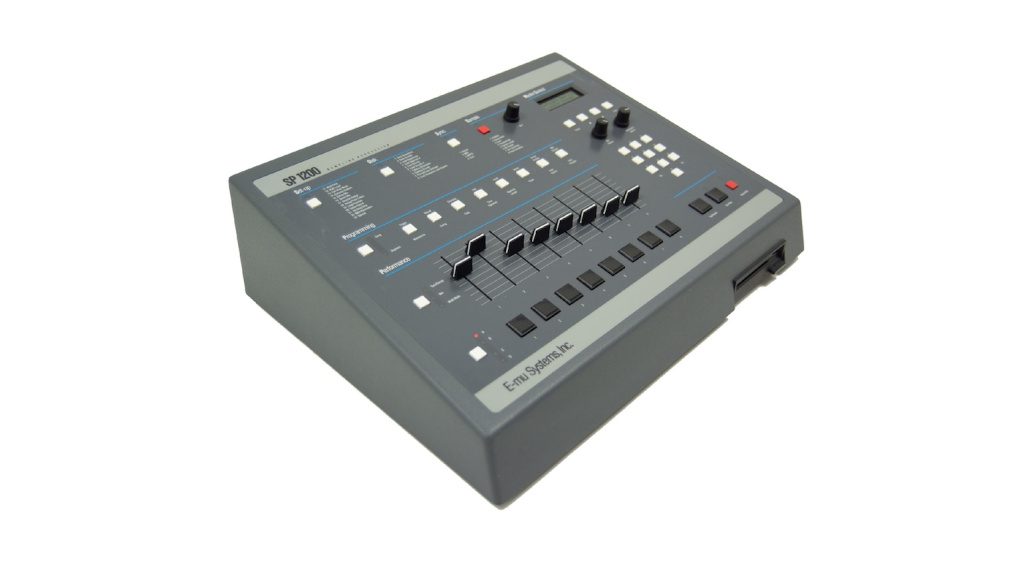
Software Drum Samplers
When you have decent sample packs, stock one-shot sampler plug-ins like Simpler in Ableton Live become powerful beat production tools. Although the tools are different than those of a synthesis engine, you still have the means to alter the pitch and completely reshape the envelope of a sound.
The beauty of using digital samplers lies in the astonishing level of flexibility. Regardless of what stage of the creative process you may be, you can instantly replace any sound simply by dragging and dropping in a new one. This presents a different scope of possibilities compared to, say, a TR-808, which can only ever sound like what it is.
Digital Drum Samplers
A digital sampler or groovebox is one of the single most powerful instruments you can find in most home studios. When you combine multiple sampling channels with versatile sequencing capabilities, you have an amazing source of inspiration.
Apart from giving you ways to stretch and manipulate digital audio files, you also have a creative platform that goes beyond drum programming and reaches into sample-based music production for any sound.
4. Multichannel Drum Processing
Once you’re familiar with how to use a drum machine, including the sequencing and the sound creation side, diving into multichannel processing is the next logical step in elevating the production of your drum sound.
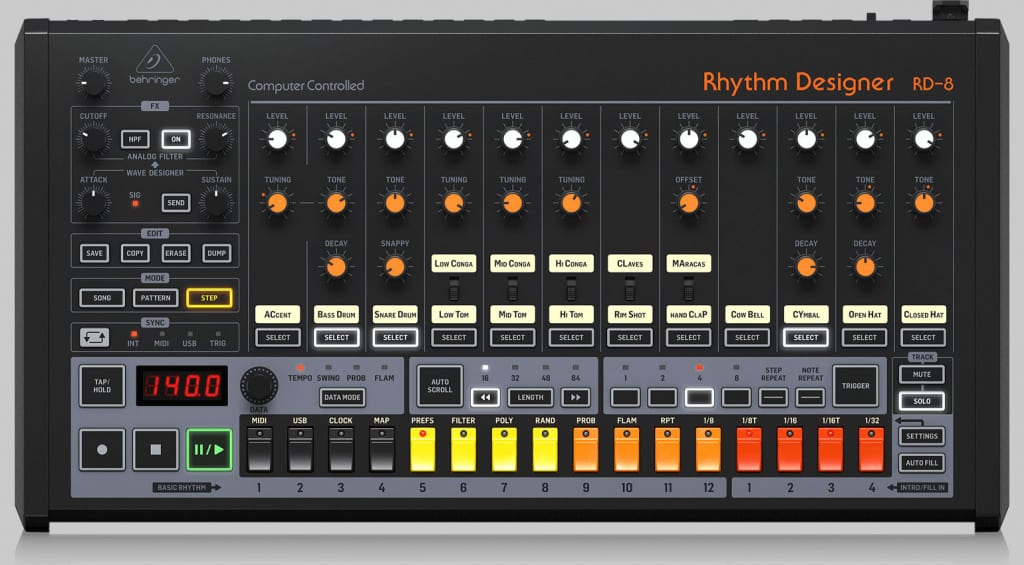
Rather than being limited to a stereo or even a mono output for your drums, multichannel processing allows you to work with each sound individually. This opens up the possibilities considerably, as you can send different levels of reverb to each drum sound or use customized EQ settings on your kick and snare.
Plug-ins such as Logic’s Ultrabeat have had this functionality for years, and you can check for it in hardware units simply by looking for individual channel outputs on the rear panel.
More about How To Use A Drum Machine:
*Note: This article about How to use a drum machine contains affiliate links that help us fund our site. Don’t worry: the price for you always stays the same! If you buy something through these links, we will receive a small commission. Thank you for your support!

